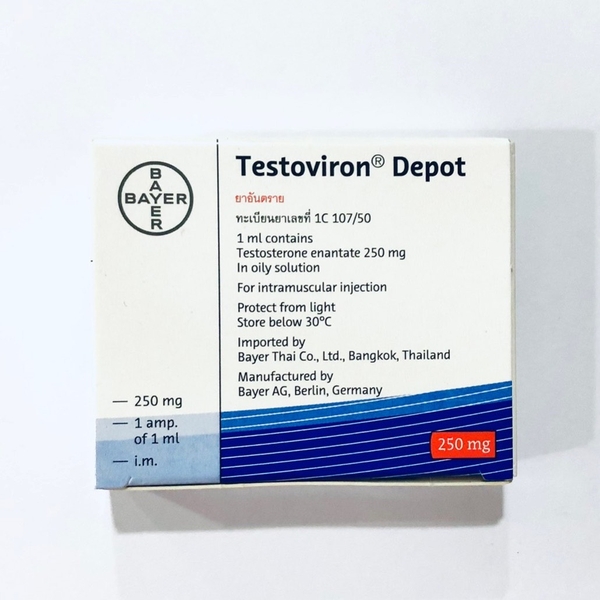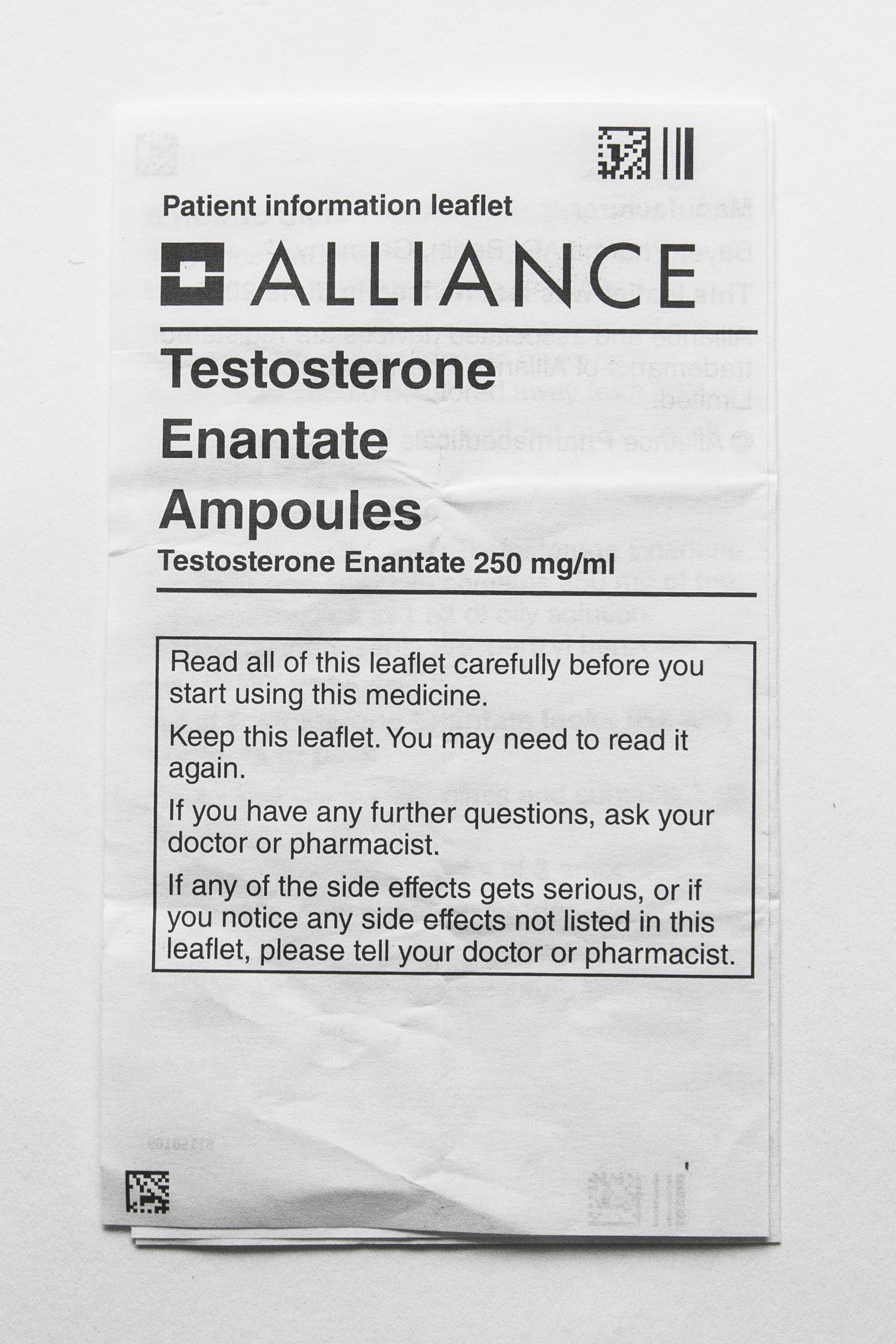Exploring the Scientific Research Behind Enantate and Its Influence On Muscle Development
Exploring the Scientific Research Behind Enantate and Its Influence On Muscle Development
Blog Article
Make The Most Of Engagement With an Efficient Loyalty System Strategy
A well-structured commitment program not just cultivates consumer retention however additionally enhances brand name fondness with customized experiences and clear interaction. By incorporating innovative information analytics and multi-channel outreach, companies can customize their rewards to align with client preferences, producing a sense of worth and link.
Comprehending Client Requirements
Exactly how can businesses efficiently tailor their loyalty programs to satisfy the diverse requirements of their clients? Recognizing client requirements is essential to establishing a successful loyalty program.
Segmenting the client base right into distinctive groups allows companies to determine details needs and motivations, thus allowing targeted offerings. Younger consumers may prioritize experiences and social engagement, while older customers might value discounts and rewards that enhance their everyday lives.
Additionally, companies ought to think about the emotional elements of loyalty. Building an emotional link via narration and individualized experiences can significantly improve client loyalty. Involving with clients on social media sites systems and replying to their worries fosters a sense of neighborhood and belonging.
Designing Compensate Structures
A well-structured rewards system works as the backbone of any type of efficient loyalty program. To develop an impactful reward framework, firms must take into consideration various factors that reverberate with their target market. It's necessary to establish clear purposes for the benefits program-- whether to increase consumer retention, boost ordinary deal size, or advertise specific products.
Next, segmenting the client base enables tailored rewards that interest different demographics, boosting the perceived value of the program. High-spending customers might profit from special deals or premium incentives, while occasional purchasers might be motivated by tiered incentives that motivate raised spending.
In addition, the sort of rewards-- be it points, discount rates, or experiential benefits-- should line up with client choices and actions. This placement promotes a sense of belonging and motivates repeat engagement.

Leveraging Technology for Interaction
Applying technology in commitment programs dramatically boosts consumer engagement and experience. By using advanced electronic systems, companies can streamline the enrollment process, making it easy for clients to join and take part in loyalty programs. Mobile applications and web sites work as main centers for accessing incentives, tracking factors, and obtaining real-time updates, making certain that consumers continue to be involved with the program.
Moreover, gamification elements, such as factors systems and success badges, can be incorporated into loyalty programs through modern technology. These attributes encourage customers to communicate much more often with the brand, fostering a sense of neighborhood and competition. Additionally, data analytics devices make it possible for services to get understandings into customer behavior and preferences, allowing for even more tactical decision-making pertaining to program enhancements.
Social media assimilation additionally plays a crucial function in leveraging technology for engagement (enantate). By urging customers to share their experiences and incentives on social platforms, brands can amplify their reach and bring in brand-new individuals. Ultimately, making use of innovation in loyalty systems develops a much more dynamic, interactive, and rewarding experience for consumers, driving long-lasting loyalty and raising general client fulfillment
Personalization and Interaction
While many commitment programs concentrate on broad motivations, efficient customization and interaction are critical for promoting deeper links with clients. Customization entails understanding specific consumer choices and tailoring rewards, interactions, and messages accordingly. By leveraging information analytics, businesses can section their consumer base and create targeted offerings that reverberate with details groups, improving consumer complete satisfaction and commitment.
Additionally, communication plays a crucial role in strengthening these individualized experiences. Brands ought to involve consumers through multiple channels-- email, social media sites, and in-app notifications-- making sure that the messaging is appropriate and constant. Individualized interaction can consist of exclusive offers, product suggestions based upon previous acquisitions, and prompt reminders for loyalty program benefits.

Gauging Success and Changing Technique
Determining his comment is here success in a commitment program needs an organized approach to evaluating essential performance indications (KPIs) that show customer engagement and retention. Essential KPIs consist of client life time value (CLV), retention rates, and the frequency of repeat purchases. These metrics give insights into how efficiently the program fosters client loyalty and drives profits development.
Additionally, tracking involvement rates with loyalty interactions, such as emails and promotions, can supply valuable info on client preferences and habits (enantate). Evaluating this data permits organizations to determine patterns, optimize their offerings, and boost client experiences
Once KPIs are developed and click here to read gauged, it is essential to adjust techniques appropriately. Frequently evaluating program efficiency helps recognize areas for improvement. For example, if retention rates are decreasing, businesses might think about revising incentives structures or presenting new rewards that resonate with their target market.
Moreover, fostering a recurring responses loop with clients can generate insights into their expectations and requirements. This aggressive approach makes sure that loyalty programs continue to be relevant, engaging, and efficient. By consistently determining success and adapting methods, companies can optimize the influence of their loyalty efforts and grow long-lasting client partnerships.

Final Thought
In conclusion, an effective commitment system technique requires a thorough understanding of consumer demands, the design of attractive benefit structures, and the harnessing of technology to boost engagement. enantate. Ultimately, these elements add to a robust loyalty program that not only preserves consumers but also drives long-term interaction and fulfillment.
Carrying out technology in commitment programs substantially improves client engagement and experience. Inevitably, the use of technology in commitment systems creates a more vibrant, interactive, and satisfying experience for clients, driving long-term commitment and increasing overall customer complete satisfaction.
By leveraging data analytics, companies can section their client base and create targeted offerings that reverberate with certain teams, boosting customer complete satisfaction and loyalty.
Inevitably, integrating customization with effective interaction not only boosts consumer involvement yet also constructs a sense of community, encouraging lasting loyalty and campaigning for, which are essential elements of a successful commitment system technique.
Gauging success in a loyalty program requires an click here for more organized method to evaluating crucial performance indicators (KPIs) that mirror client interaction and retention.
Report this page